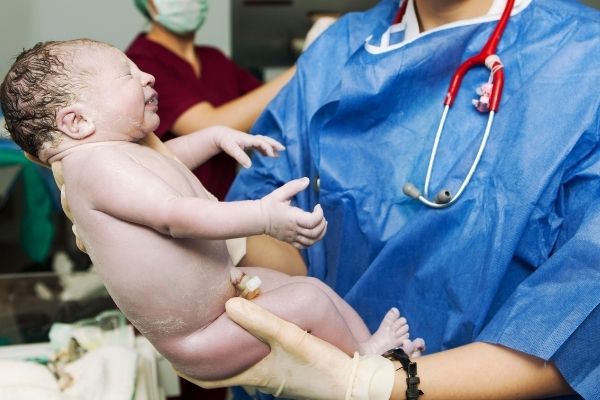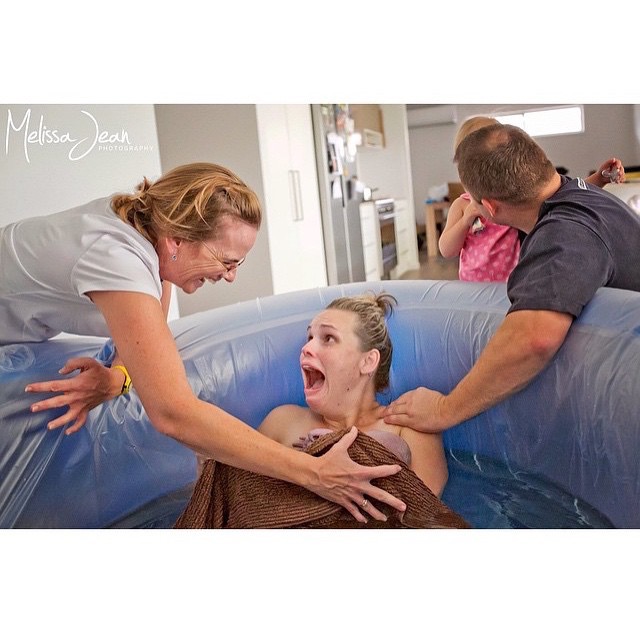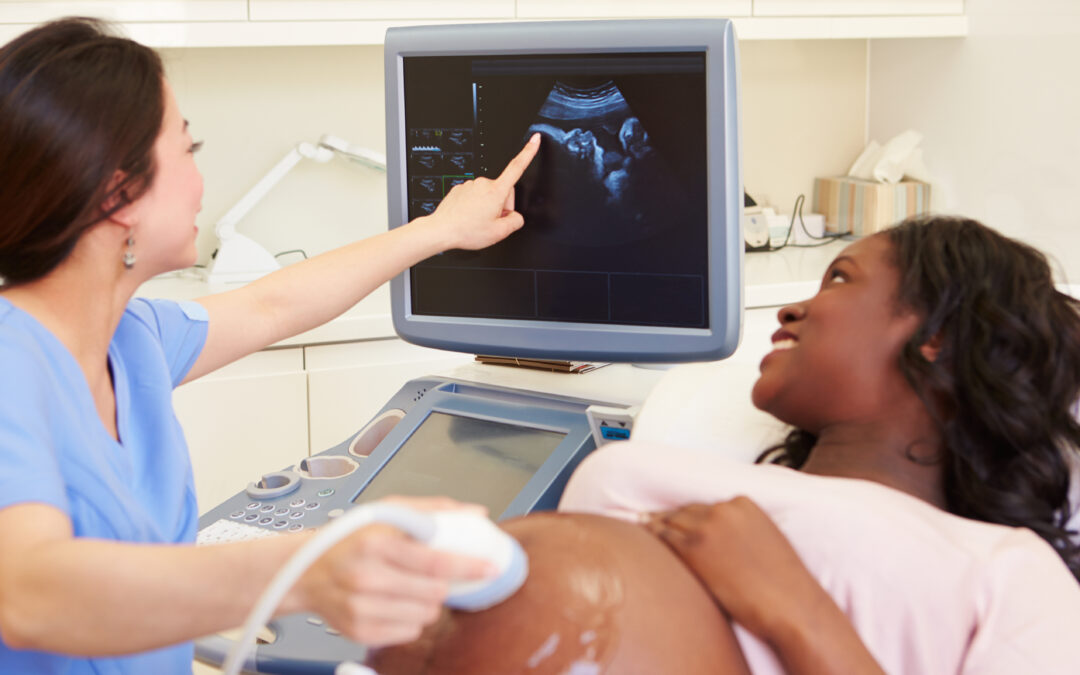This intriguing new method of transferring the healthy bacteria from a mother’s birth path to their baby when born via cesarean section is growing a trend. Will it be a trend that evolves into a common practice or will it fade away? Based on growing evidence that this practice provides great benefits to babies, it just may be the former!
What is Vaginal Seeding?
Some patients request vaginal seeding as a part of their cesarean birth plan, a practice that helps in building the normal microbiota of cesarean-section-born infants. To carry out seeding the mother’s vaginal flora is collected via swab or gauze. The gauze or swab is then rubbed against the baby’s skin and mouth, thus inoculating the newborn with its mother’s flora.
Why Should I Seed my Baby?
Gut flora changes based on our diets, hormones, and certainly throughout pregnancy. This flora changes throughout pregnancy to meet the mother’s needs and travels down to the birth path in preparation for birth. When a baby is born vaginally, the bacteria is automatically transferred to the baby. Without manual vaginal seeding, a baby born via c-section would not get exposure to their parent’s flora. An associate professor of midwifery at the University of Western Sydney explains “A baby born vaginally is exposed to about 300 different bacteria as it comes down the birth canal.
“These bacteria set up the child’s microbiome, which is what enables their body to defend against all kinds of diseases. Obviously, when a baby is born by C-section, they aren’t exposed to these bacteria and their immune system isn’t as strong as a result.
“We believe this is part of the reason why children born via C-section have an increased risk of autoimmune diseases.”
Research on gut microbes and their connection with birth are limited but have revealed differences in individuals born via c-section compared to those born vaginally. The reports showed more instances of health complications in those who were born surgically.
A study presented by Dr. Domiquez Bello followed 21 babies for 4 weeks after birth. 7 of the babies were seeded vaginally. These babies showed gut flora more diverse than those that were not seeded, but similar to babies born vaginally.
Toni Harman directed the 2013 film Microbirth – a film that takes a deep dive into the benefits of vaginal seeding. In an article in the Huffington Post about the film, Toni explains “Two amazing events happen during childbirth. There’s the obvious main event, which is the emergence of a new human into the world. But then there’s the non-human event that is taking place simultaneously, a crucial event that is not visible to the naked eye, an event that could determine the lifelong health of the baby. This is the seeding of the baby’s microbiome. However, with interventions like the use of synthetic oxytocin (Pitocin / Syntocinon), antibiotics, C-section, and formula feeding, this microbial transfer from the mother to baby is interfered with or bypassed completely.”
Alternatives to Building my Babies Gut Flora
Like all other choices surrounding birth, the decision to vaginally seed your baby is a personal one. As there is not extensive research on the topic, medical professionals are divided on the topic and so are many parents. Regardless of the decision you make, there are other methods of supporting your baby’s gut flora regardless of the way they were born. Keep in mind that our body is covered in good bacteria, inside and out. This means that something as simple as skin-to-skin contact can help develop your baby’s microbiome. Breastfeeding is another powerful way in which the postpartum body can intelligently feed a baby exactly what it needs to grow into a strong, healthy child.










